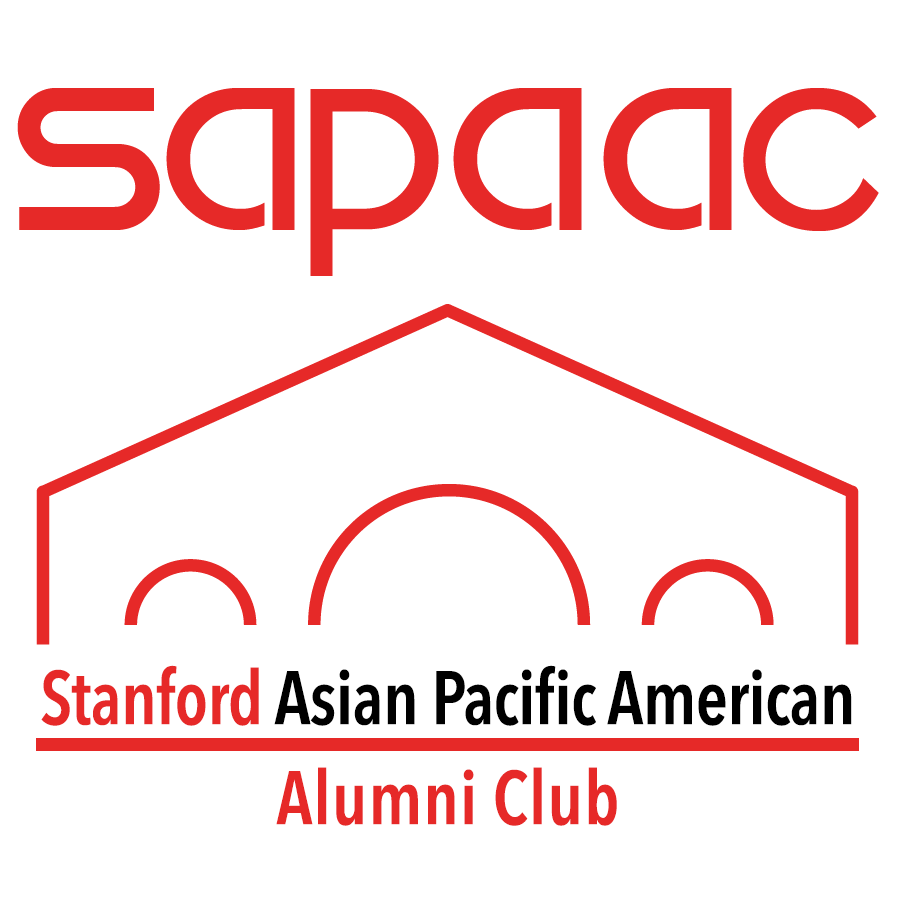President Biden nominated Deputy Labor Secretary Julie Su, a Stanford alumna who once headed California's Labor and Workforce Development Agency, to be the next U.S. Secretary of Labor. Currently the Acting Secretary of Labor, if confirmed, Su ‘91 will become the first Asian American to join Biden's cabinet at the rank of secretary.
Seattle has become the first U.S. city to ban caste-based discrimination, an unspoken problem in recruiting for tech companies, particularly among workers from South Asia.
Reports detail how Chunli Zhao, the 66-year-old farm worker who perpetrated the Half Moon Bay shootings, lived in “deplorable conditions” in a makeshift shack at a farm where he was employed, raising larger questions about the discrepancies in how we perceive and care for Asian American elders. The children of many East Asian immigrants are facing the challenge of supporting their elders in their later years; meanwhile, casinos are targeting older Asian gamblers.
Check out the related SAPAAC event on 4/10 “Caring for our Elders and Impact of Monterey Park Shootings.”
Celebrations of Holi, the Hindu Festival of Colors, took place earlier this month, with joyful gatherings all over the world and across the United States. In New York City, SAPAAC members Mehak Dinesh and Benny Mah hosted a joint Holi brunch with Stanford GSB and Princeton alumni at Jaz Indian Cuisine. Check out photos from the event here.
Asian American voter turnout was up across the board, including in every 2020 battleground state. A survey by the Carnegie Endowment shows the rate of engagement with civic activities and politics. However, reports in The New York Times (including data visualizations and a focus group) suggest Asian voters may be moving to the right, due to issues such as education and crime, which has also spurred an increase in gun ownership.
South Asians in particular are achieving “huge strides in representation” for the 2024 election cycle, including former South Carolina governor Nikki Haley, who declared “I was the proud daughter of Indian immigrants” when she announced her intent to seek the presidency.
Source: A24
Last weekend at the Oscars, Michelle Yeoh became the first Asian woman to win an Academy Award for best actress for her performance in “Everything, Everywhere, All At Once.” Co-star Ke Huy Quan won Best Supporting Actor, contributing to the film’s 7 Oscars wins out of 11 nominations. Chinese American Daniel Kwan and creative partner Daniel Scheinert picked up best director and best original screenplay, while Taiwanese American producer Jonathan Wang completed their trio for best picture. M. M. Keeravani and Chandrabose won for Telugu-language song, Naatu Naatu.
We are over the moon for their achievements and what it means for Asian American representation. Ahead of the ceremony, descendents of Anna May Wong and Bruce Lee discussed the challenges their legendary family members faced as Asian American actors. “The history of Asian Americans in Hollywood should have never been forgotten," SAPAAC board member Katie Gee Salisbury wrote in an opinion essay in The New York Times. “But we’re still here, and we’re now a force to be reckoned with." As 94-year-old actor James Hong shared at the SAG Awards, “My first film was with Clark Gable…back in those days, the producers said ‘the Asians were not good enough and they are not box office.’ But look at us now!” He thrilled Cantonese-speaking audiences by beginning his speech in the Cantonese language.
President Biden spoke on the 81st anniversary of President Franklin D. Roosevelt’s Executive Order 9066, which forced “men, women, and children…to abandon their homes, their jobs, their communities, their businesses, and their way of life.” He called the “wrongful incarceration of 120,000 Americans of Japanese descent” during World War II “one of the most shameful periods in American history.” SAPAAC board member Risa Shimoda, Class of ‘77, wrote in The Stanford Daily of her family’s experiences during WWII. Through research into her family’s story, she discovered the disturbing fact that the architect behind Japanese incarceration was also a Stanford alumnus. She shares how much of this history was unknown to her as an undergrad at Stanford because the university had not yet established an Asian American Studies program. Next year, New York City schools will expand their curriculum to offer Asian American and Pacific Islander history to more students.
— Prepared by Kevin Fan Hsu and Katie Gee Salisbury. If you are interested in covering AAPI issues with the SAPAAC Advocacy & Education team, please reach out to khsu@alumni.stanford.edu
“A young evacuee of Japanese ancestry waits with the family baggage before leaving by bus for an assembly center in the spring of 1942. by Clem Albers, California, April 1942. (Photo No. 210-G-2A-6).” Source: National Archives



